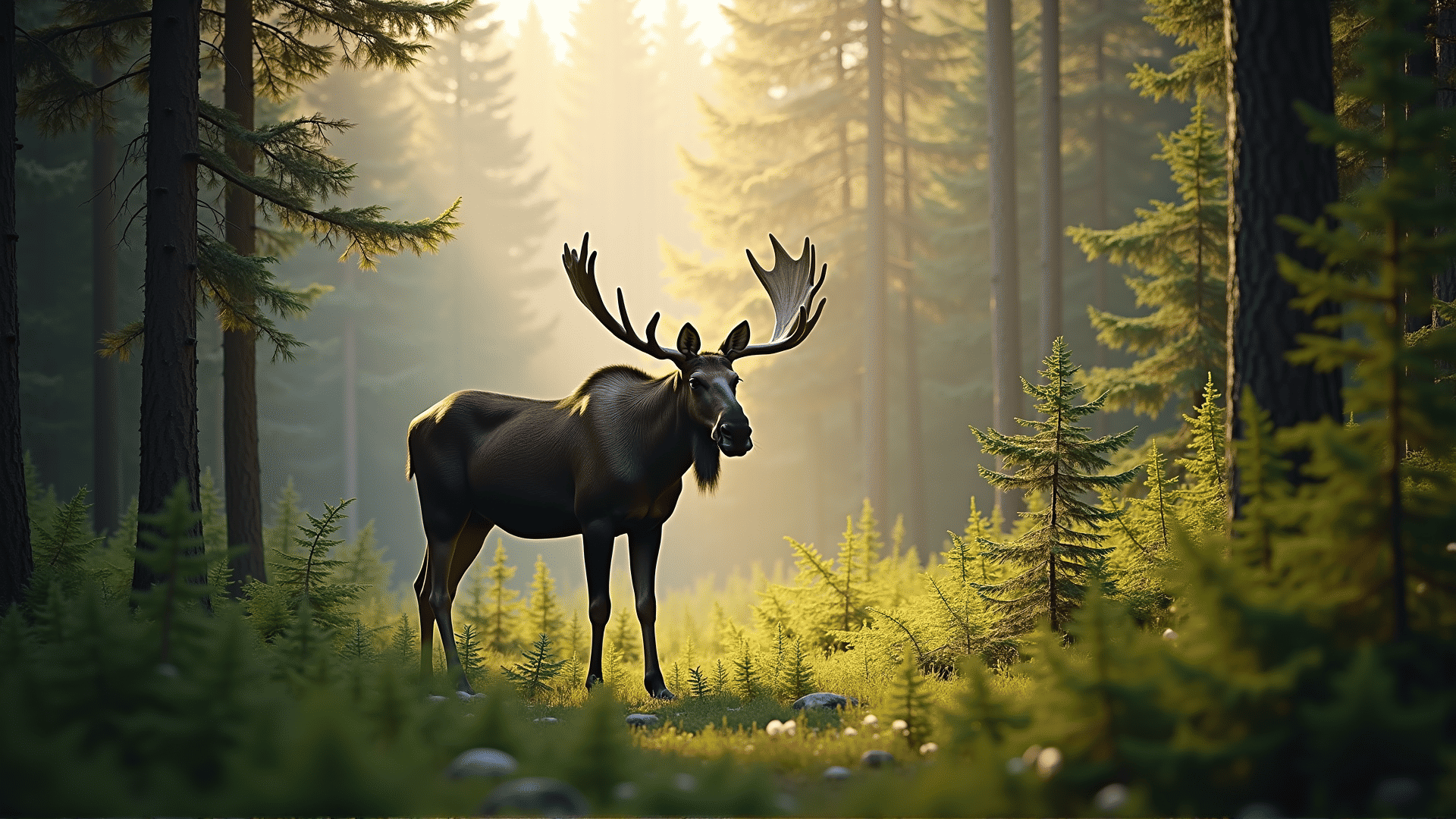Canada's sweeping vistas and diverse ecosystems offer a rich palette for any wildlife photographer. From the rugged heart of the Rocky Mountains to the lush plains and dense forests, capturing the majesty of Canada's fauna requires not only technical skills but also a profound respect for the environment and its inhabitants. Here are some practical tips to help you capture stunning images of Canada's wildlife while ensuring ethical practices.
Understanding the Fundamentals
Before heading out into the wilderness, it's essential to understand the basics of wildlife photography. This genre demands patience, quick reflexes, and an understanding of animal behavior. Start by familiarizing yourself with the species you plan to photograph. Knowing when and where they are most likely to appear will significantly increase your chances of capturing memorable moments.
Choosing the Right Equipment
For capturing Canada's varied wildlife effectively, having the right equipment is pivotal. A DSLR or mirrorless camera with fast autofocus and a continuous shooting mode is ideal. A telephoto lens, at least 300mm, will help you photograph animals from a safe and respectful distance. A tripod is also invaluable for stabilizing your shots, especially in low-light conditions often found during dawn and dusk, prime times for wildlife activity.
Mastering Light and Composition
Natural light, especially during the golden hours of early morning and late afternoon, is key to creating captivating wildlife images. It’s softer and more flattering, adding a warm glow to your photos.
In terms of composition, keep the rule of thirds in mind. Arrange the animal off-center to create a more engaging image. Including elements of the surrounding landscape can provide context and enhance the narrative of the animal’s environment.
Prioritizing Ethical Practices
Ethics in wildlife photography is paramount. Respect the natural habitat and maintain a safe distance. Never disrupt animals by encroaching on their space or artificially attracting them with food. Many national parks and wildlife areas in Canada have guidelines in place, and it's important to adhere to these regulations to ensure the safety and preservation of wildlife.
Planning and Patience
Capturing stunning wildlife images often involves planning and considerable patience. Researching the best locations ahead of time, such as Jasper National Park for its robust bear population or the shores of British Columbia for eagle sightings, will position you for success. Dress appropriately for the climate, bring sufficient supplies, and always be prepared to wait—wildlife photography is often a game of patience.
Keeping a Respectful Distance
While it may be tempting to get as close as possible for that perfect shot, maintaining a respectful distance is crucial. Not only does this ensure your safety, but it also prevents stress and disturbance to the animals. Use your telephoto lens to zoom in, allowing the creatures space to carry out their natural behaviors without interference.
Exploring Canada's Hidden Gem Locations
Canada's wildlife is not only diversified but also distributed across some of the country's most breathtaking locations. Famed places like Banff and Jasper are well-known, but consider exploring less-traveled spots like Prince Albert National Park in Saskatchewan for a chance to capture unique images of red foxes or the charming burrows of arctic hares across the Yukon tundra.
Continuous Learning and Adaptation
Wildlife photography is a field of continuous learning. Improve your skills by understanding different shooting techniques, taking feedback from other seasoned professionals, and staying updated on the latest photography technology and methods. Adaptability is key, as each photo opportunity may require a different approach.
Wildlife photography is a remarkable way to connect with Canada's natural beauty. It allows photographers to develop a deeper understanding and appreciation of the natural world while capturing fleeting moments that tell stories of survival, beauty, and instinct. By focusing on ethical practices, understanding wildlife behavior, and honing your technical skills, you will be able to create breathtaking images that inspire and educate others about the wonders of Canada's fauna.
